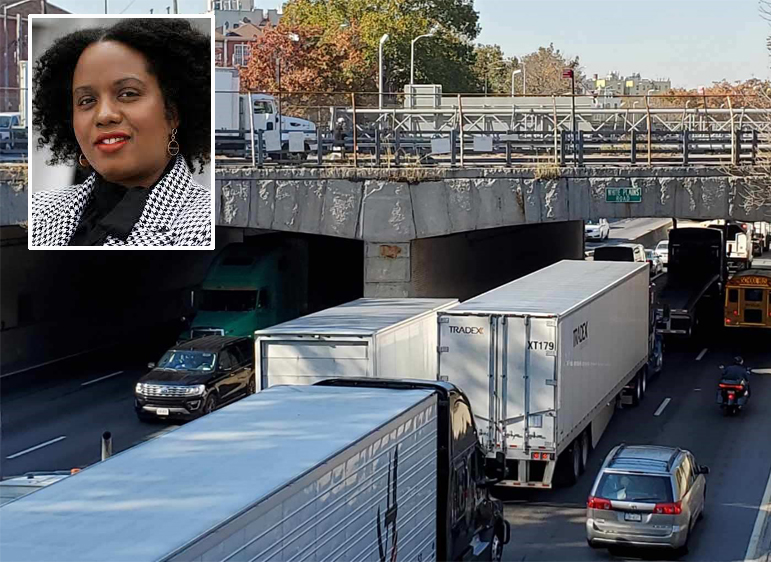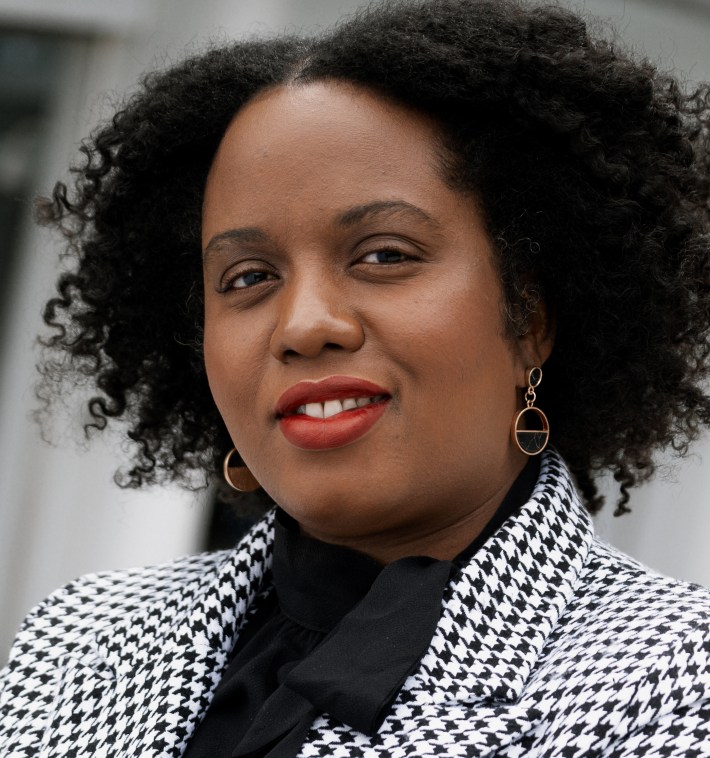Earlier this week, The New York Times published an article about the air quality impacts that congestion pricing may have on the Bronx. At Tri-State Transportation Campaign, we strongly believe that the identified potential impacts — and we must stress that these are potential impacts — are solvable through coordinated mitigation efforts by the multiple responsible agencies. Simply put, this isn’t an either/or situation. The article makes the inference that policymakers are now choosing between congestion pricing and a cleaner, healthier Bronx.
That's simply is not true.
The key to ensuring safer, more reliable, efficient, and accessible public transit, as well as cleaner air, less traffic congestion, and safer roads, is through a swift implementation of congestion pricing. Congestion pricing is expected to generate $1 billion per year, thus allowing the MTA to complete its essential capital program to remedy longstanding issues plaguing our public transit system.
The environmental assessment for congestion pricing lists seven tolling scenarios to investigate potential impacts. Tolling the Manhattan Central Business District will lead to reduced traffic entering the area, with a net benefit in congestion reduction for the region. Low-income residents living in the CBD who make less than $60,000 a year will be exempt — a reasonable and equitable measure.
However, there must be balance: Too many discounts, crossing credits, and exemptions would lead to higher toll rates for everyone. Daily through truck traffic in Manhattan’s core would decline anywhere from 21 percent to 81 percent, meaning thousands of trucks will no longer
drive through Manhattan. The diversion of these trucks has been accounted for through truck reduction programs outlined in the environmental assessment. (Editor's note: Originally, this copy said all truck traffic would reduce by 21 to 81 percent; but that's the reduction in truck traffic going through Manhattan; overall truck traffic would merely decline by 7 to 27 percent, according to numbers in the environmental assessment.)
The EA estimates that on top of the current 27,000 daily truck trips, approximately 700 trips could be added. The Cross Bronx Expressway has been overcrowded for decades. The communities along it have endured untenable emissions, leading the area to be known as “asthma alley.” The noise, poor street safety, and wear and tear on the local roads are unacceptable. This community should not have to bear the burden of any increases in these conditions; in fact, we at Tri-State Transportation Campaign have advocated for improvements for many years.
Rather than creating an either/or situation, the environmental assessment provides an opportunity to highlight and combat the decades-long impacts of systemic racism that have disproportionately affected environmental justice communities, with specific attention to the South Bronx, and to substantially improve the region’s transit and air quality. The MTA will be required to mitigate these impacts as it creates the final program. This is imminently doable. With the cooperation of state and city agencies, the identified environmental justice communities could at long last receive the attention and investment they deserve.
Mitigating solutions include prioritizing the MTA’s transition toward electrifying its fleet through deploying zero-emission buses, which will reduce emissions in neighborhoods most affected by poor air quality and climate change. Later this year, the MTA will proceed with electrification of the Kingsbridge Depot and Gun Hill Depot, both located in and serving primarily environmental justice communities in Upper Manhattan and The Bronx.
The state can go even further to ensure equitable outcomes for the outer boroughs. In the short term, New York should accelerate vehicle, truck, and bus electrification initiatives. The state can and should prioritize the South Bronx and other EJ communities through newly created infrastructure spending opportunities from the Infrastructure Investment and Jobs Act. This includes prioritizing corridor electrification and charging infrastructure in the South Bronx, electrification of Hunts Point delivery fleets, and boosting the Hunts Point marine terminal capacity. The city and state also should speed up the study of capping the Cross-Bronx Expressway, which would create significant new public green space and mitigate the effects of increased tailpipe emissions.
Working with the Port Authority, tolls on the George Washington Bridge could be adjusted for trucks to reduce the impacts of “toll shopping.” In the long term, the region must advance critical infrastructure projects, such as the Cross-Harbor Freight Tunnel, which would shift more truck freight to rail.
The bottom line is that, in order to transform our transportation system, clean the air, fix transit, and remediate environmental racism, we need congestion pricing and environmental justice.
Renae Reynolds (@Renae_Rey) is the executive director of Tri-State Transportation Campaign.







